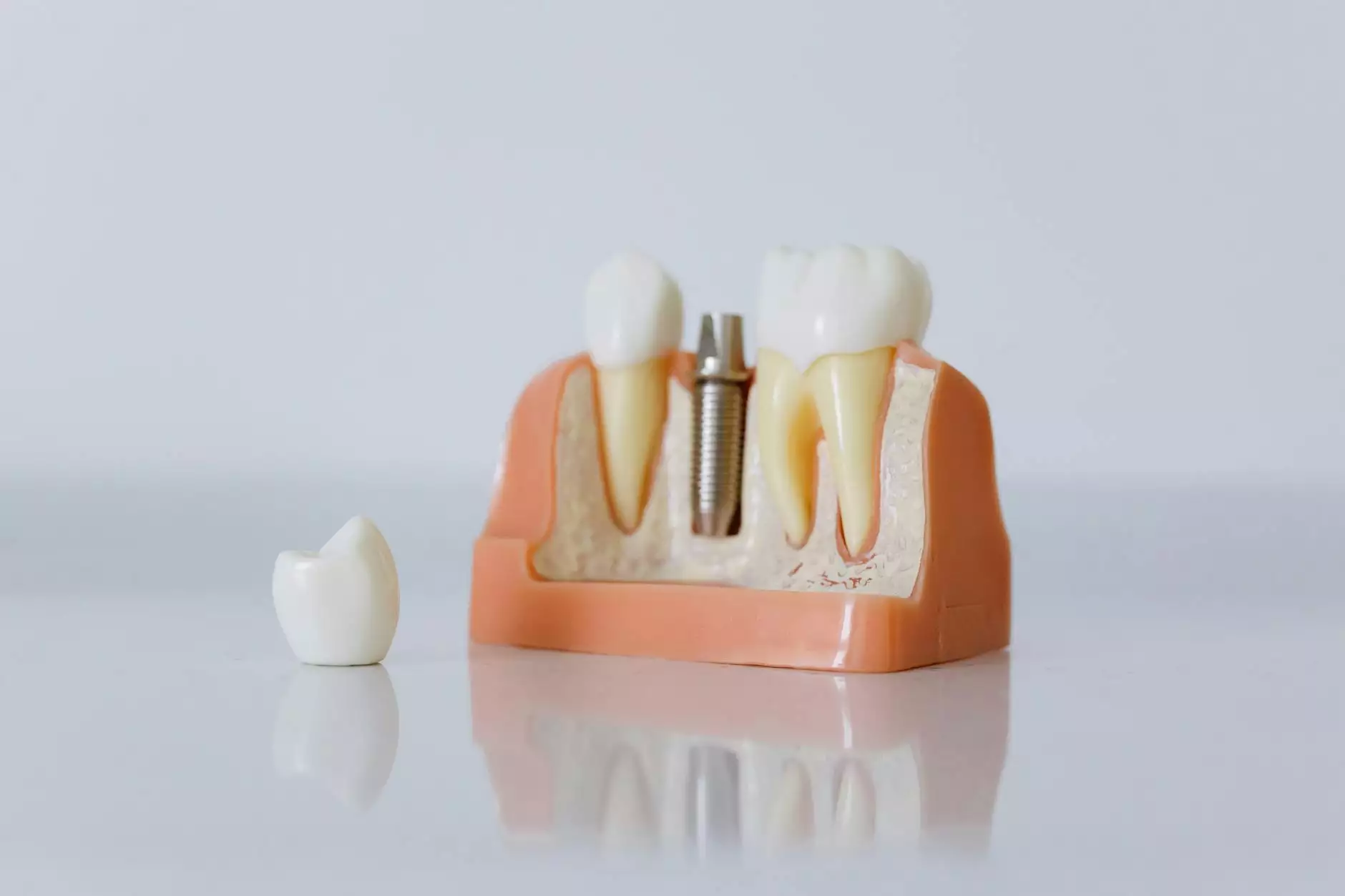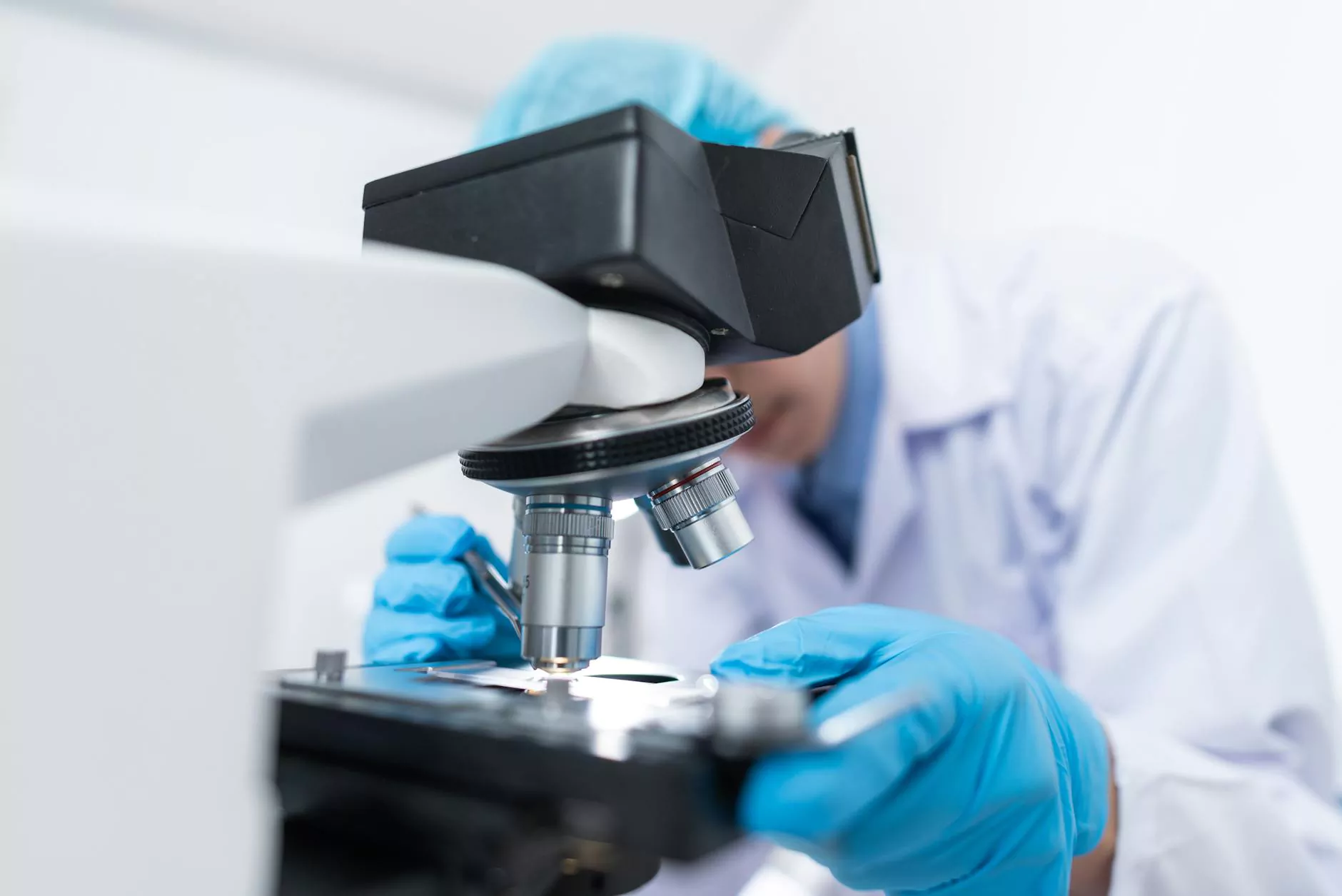Understanding Fibroid Surgery: A Comprehensive Guide

Fibroids, also known as uterine leiomyomas, are non-cancerous growths that develop in or on the uterus. For many women, they can cause a range of symptoms, including heavy menstrual bleeding, pelvic pain, and pressure symptoms, which can significantly impact quality of life. When conservative treatments fail or if symptoms are severe, fibroid surgery may be necessary. In this comprehensive guide, we explore the different aspects of fibroid surgery, helping you understand your options and what to expect.
What Are Fibroids?
Fibroids are muscular tumors that grow within the uterine wall. They can vary in size, from microscopic to several inches in diameter. The exact cause of fibroids is unknown, but their development is believed to be influenced by hormonal factors, particularly estrogen and progesterone. Here are the main types of fibroids:
- Intramural fibroids: These grow within the wall of the uterus and are the most common type.
- Subserosal fibroids: These hang on the outside of the uterus, sometimes causing a bulge in the abdomen.
- Submucosal fibroids: These develop just beneath the lining of the uterus and can protrude into the uterine cavity.
- Pedunculated fibroids: These are attached to the uterus by a stalk and can be either subserosal or submucosal.
Symptoms of Fibroids
Many women with fibroids experience little to no symptoms. However, when symptoms do occur, they can include:
- Heavy or prolonged menstrual bleeding: This is the most common symptom, often leading to anemia.
- Pelvic pain or pressure: Larger fibroids can press on surrounding organs, causing discomfort.
- Frequent urination: If fibroids push against the bladder, they can cause increased urination.
- Complications during pregnancy: Fibroids can interfere with fetal position and development.
When Is Fibroid Surgery Necessary?
Not all fibroids require treatment. However, fibroid surgery may be recommended if:
- Your symptoms are severe and significantly affect your quality of life.
- Other treatment options, like medications, have not been effective.
- You are experiencing complications stemming from fibroids, such as infertility.
Types of Fibroid Surgery
There are several surgical options available for treating fibroids. The choice of procedure depends on the size, location of the fibroids, and whether you wish to preserve your uterus:
1. Myomectomy
Myomectomy is a surgical procedure to remove fibroids while preserving the uterus. This option is often recommended for women who wish to maintain their fertility. There are different surgical approaches for myomectomy:
- Abdominal myomectomy: Involves a larger incision on the abdomen to remove larger fibroids.
- Laparoscopic myomectomy: A minimally invasive procedure, utilizing small incisions and a camera.
- Hysteroscopic myomectomy: This technique accesses the uterus through the cervix, ideal for removing submucosal fibroids.
2. Hysterectomy
A hysterectomy involves the complete removal of the uterus and is a definitive treatment for fibroids. This option is typically recommended for women who do not wish to become pregnant in the future. Hysterectomy types include:
- Abdominal hysterectomy: An open procedure where the uterus is removed through an abdominal incision.
- Laparoscopic hysterectomy: A minimally invasive option for removing the uterus through several small incisions.
- Vaginal hysterectomy: The uterus is removed through the vaginal canal.
3. Uterine Artery Embolization (UAE)
UAE is a minimally invasive procedure that involves blocking blood flow to the fibroids, causing them to shrink. It is an excellent option for women who wish to avoid major surgery and preserve their uterus. However, it may not be suitable for all fibroids, especially if they are very large.
Benefits of Fibroid Surgery
Choosing to undergo fibroid surgery can result in numerous benefits, including:
- Symptom Relief: Most patients experience a significant reduction in symptoms, such as heavy bleeding and pelvic pressure.
- Improved Quality of Life: With relief from symptoms, many women report a better quality of life and improved mental health.
- Fertility Restoration: For women desiring children, procedures like myomectomy can enhance the chances of conception.
Preparing for Fibroid Surgery
Preparation for fibroid surgery is crucial for ensuring a successful outcome. Here are some steps to take:
- Consultation with Your Doctor: Discuss your symptoms, medical history, and surgical options with your healthcare provider.
- Diagnostic Tests: You may need ultrasounds, MRIs, or other imaging tests to assess fibroids accurately.
- Pre-operative Instructions: Follow your doctor’s advice regarding medications, fasting, and any tests needed prior to surgery.
What to Expect During and After Surgery
Fibroid surgery can vary in complexity based on the type you undergo. Here’s a general overview of what to expect:
During the Surgery
Most fibroid surgeries are performed under general or regional anesthesia. The duration of the surgery can range from one to several hours, depending on the procedure and complexity.
Post-Surgery Recovery
Recovery time varies based on the type of surgery performed. In general, you can expect:
- Hospital Stay: Myomectomy or hysterectomy may require a hospital stay of one to two days.
- At-Home Recovery: Full recovery can take from several weeks to a few months.
- Follow-up Care: Regular check-ups with your physician to monitor your recovery.
Potential Risks and Complications
As with any surgical procedure, there are inherent risks involved with fibroid surgery. These can include:
- Infection: The risk of infection exists with any surgical procedure.
- Blood Loss: Especially in more extensive surgeries like hysterectomy.
- Damage to Nearby Organs: Although rare, there is a potential risk of damaging surrounding tissues.
- Recurrence of Fibroids: In some cases, fibroids may return even after surgical removal.
Choosing the Right Doctor for Fibroid Surgery
Selecting a qualified healthcare provider is essential for successful fibroid surgery. Consider the following:
- Experience: Look for a doctor who specializes in uterine health and has significant experience with fibroid surgery.
- Patient Reviews: Read testimonials and reviews from previous patients to gauge satisfaction and outcomes.
- Hospital Affiliations: Ensure your doctor has access to a reputable surgical center or hospital.
Conclusion
Fibroid surgery can be a transformative solution for many women suffering from the debilitating effects of fibroids. By understanding your options, preparing correctly, and choosing the right healthcare provider like those at drseckin.com, you can take control of your health and well-being. Remember, you are not alone in this journey, and expert care is available to help you navigate through your treatment options.
For more information about fibroid surgery and to schedule a consultation, visit Dr. Seckin’s website today. Empower yourself with knowledge and make informed decisions about your treatment.









